This post has been moved to OpenChutes.com. All future postings of Powwows, Indian Relay Races, Rodeos and Rendezvous will be posted there from now on exclusively. So if you’re looking for new images and posts for all those events attended this year, plus all the old posts posted on BigShotsNow.com check out OpenChutes.com. See you there!
This is a brief look at the camp. It isn’t every day one gets the opportunity to explore a gathering of over a thousand teepees and the people who occupy them. As dawn broke and the sun started its journey through the sky it was still very quiet. After a night where dancing and singing lasted into the early morning hours everyone was still asleep. Occasionally you could hear the nickering of a horse tied near one of the lodges and soon the answering call from another across the camp. There was an absence of camp dogs, although some people had brought pets there didn’t seem to be any free ranging dogs running about the camp to raise the alarm that there was a stranger among them.
The images selected below are from dawn through mid-day and into the evening. The camp stretched for nearly three miles along the Little Bighorn river. Some of the lodges were set up very near each other forming a densely packed small town near the very center of the camp. This is where the Arbor is and where all the festivities took place, the dancing and the singing, the presentation of honors and any other important event, and was central to all the festivities. As you walked through the camp the lodges began to be spaced wider apart where small family groups set their teepees up together, and as you got farther away from the center of the camp you would find the occasional single lodge set up amongst the trees or out into the grasslands surrounding the camp.
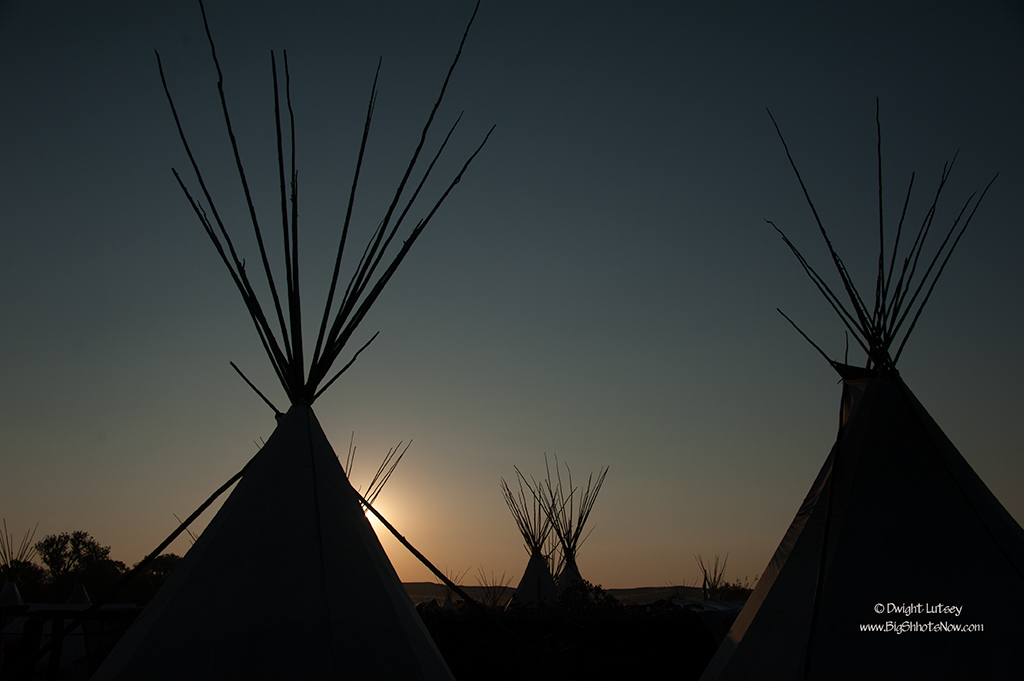 The sun is just beginning its daily voyage and as it rises it begins to illuminate the lodges. It is very quiet and still now. My foot steps are the loudest noise you hear and I’m trying to be very quiet.
The sun is just beginning its daily voyage and as it rises it begins to illuminate the lodges. It is very quiet and still now. My foot steps are the loudest noise you hear and I’m trying to be very quiet.
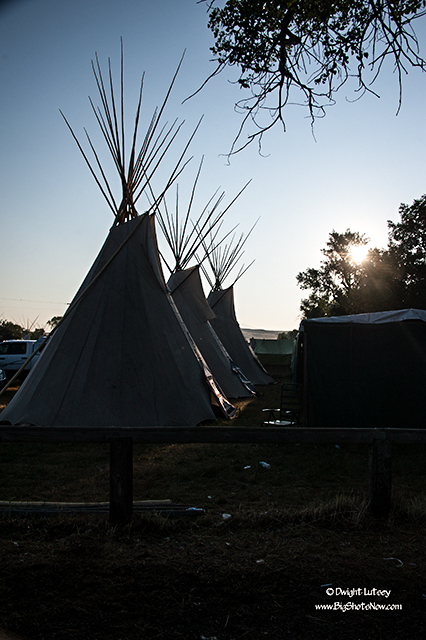 It’s about 5:30 in the morning and the birds are just waking up. You can hear the horses shuffling about. They know the day has started.
It’s about 5:30 in the morning and the birds are just waking up. You can hear the horses shuffling about. They know the day has started.
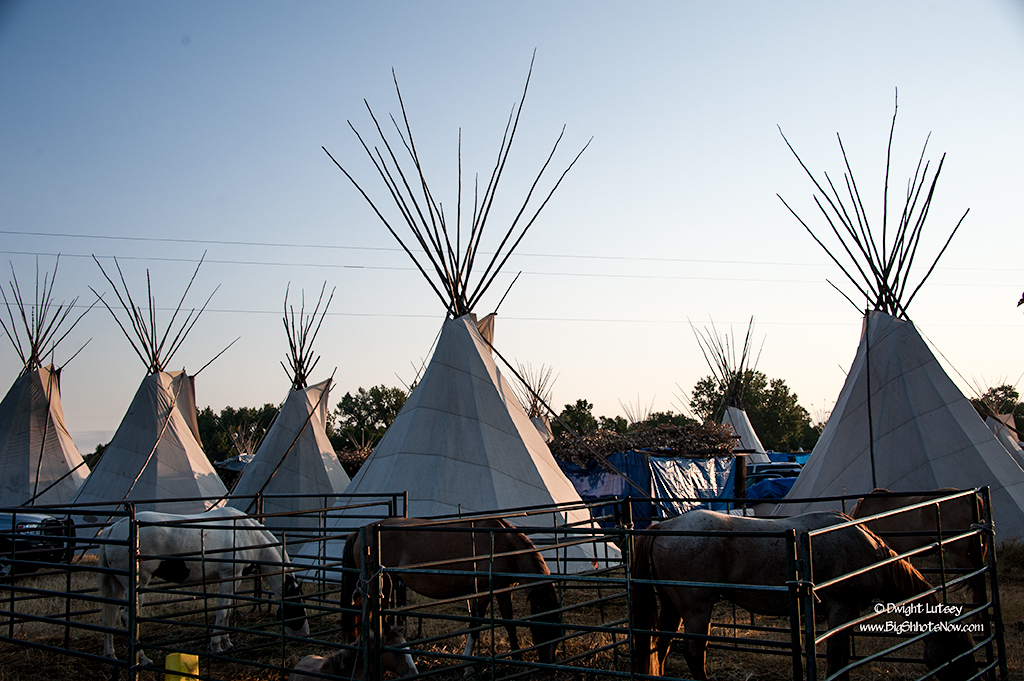 Those with stock penned near their lodges have already been up and started the feeding.
Those with stock penned near their lodges have already been up and started the feeding.
 Still and quiet these horsed are taking the opportunity to relax. It’s going to a busy day.
Still and quiet these horsed are taking the opportunity to relax. It’s going to a busy day.
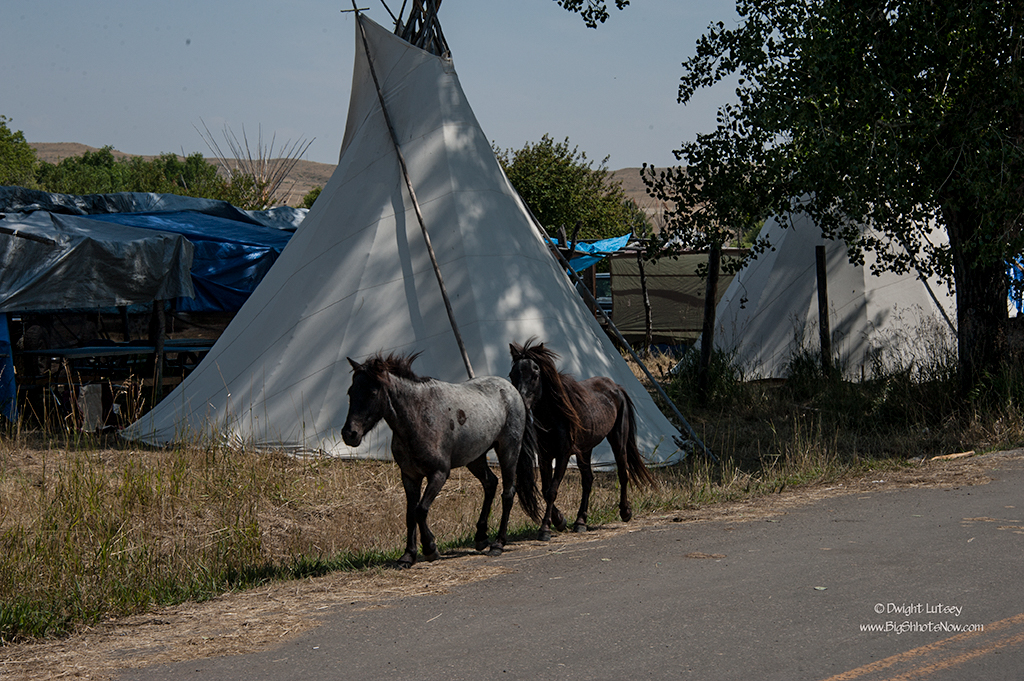 Always walk facing the traffic. There were several ponies roaming free around the camp. At least as long as the kids were still in bed. As soon as the kids were up these ponies would be commandeered by any of them that could catch them and ridden all day long.
Always walk facing the traffic. There were several ponies roaming free around the camp. At least as long as the kids were still in bed. As soon as the kids were up these ponies would be commandeered by any of them that could catch them and ridden all day long.
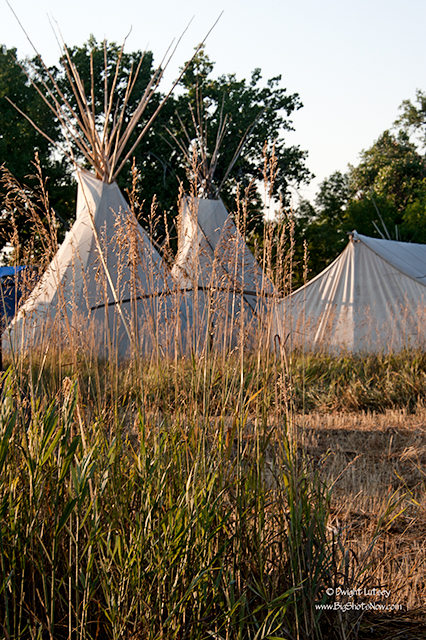 Prairie grass and teepees. With all the people here and the constant coming and going you would think you wouldn’t find any grass still standing but the areas around the lodges and the camp in general were surrounded by the natural state of things. Maybe after a summer here things would look different but right now the effects of the camp were minimal.
Prairie grass and teepees. With all the people here and the constant coming and going you would think you wouldn’t find any grass still standing but the areas around the lodges and the camp in general were surrounded by the natural state of things. Maybe after a summer here things would look different but right now the effects of the camp were minimal.
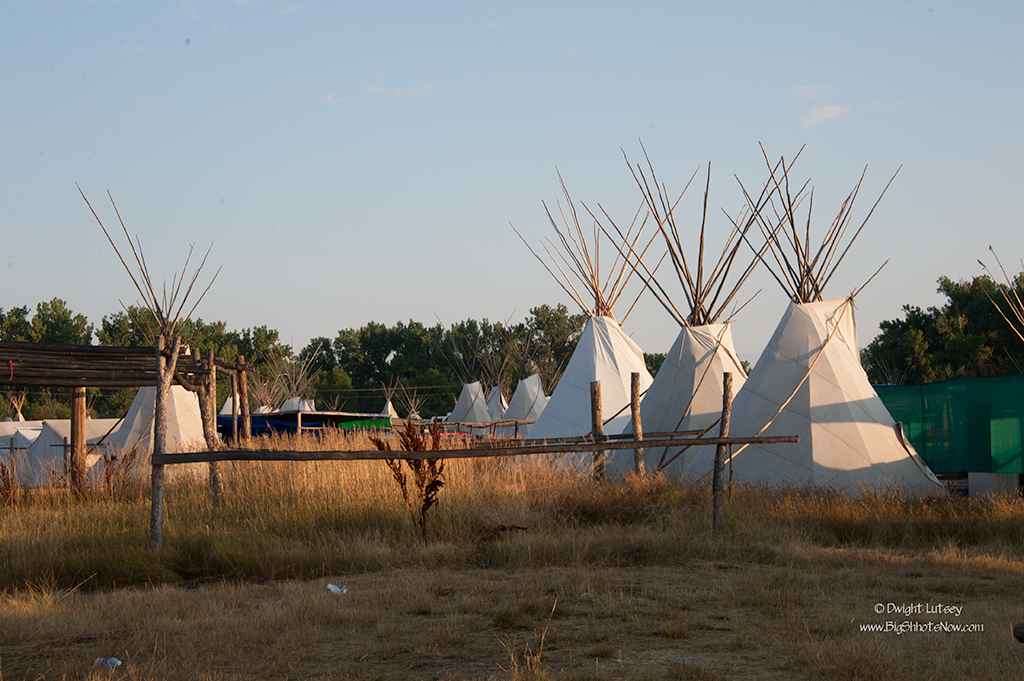 It’s getting on towards mid-morning. The sun is rising higher in the sky and it is starting to warm up.
It’s getting on towards mid-morning. The sun is rising higher in the sky and it is starting to warm up.
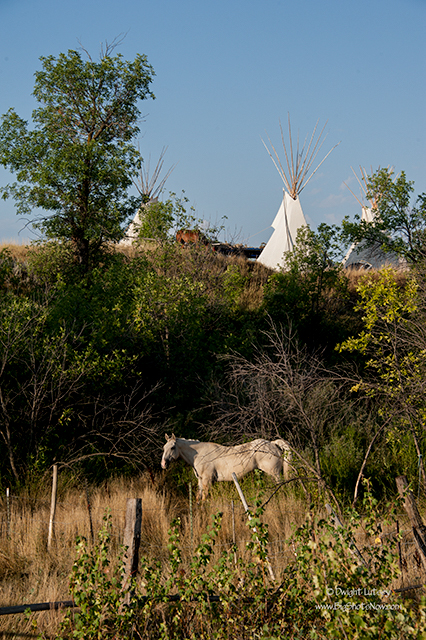 One of the outlying lodges is highlighted by the sun. Their horses are tethered in the high grass which was belly high. They are sleek, beautiful looking animals.
One of the outlying lodges is highlighted by the sun. Their horses are tethered in the high grass which was belly high. They are sleek, beautiful looking animals.
 These are larger than normal lodges for families and gatherings of many people. There is a method to setting these lodges up. I was given a class by a wonderful family on how a teepee was erected. Every step has meaning and purpose but is rooted in practicality. These lodges can be set up in a very short period of time and taken down just as fast.
These are larger than normal lodges for families and gatherings of many people. There is a method to setting these lodges up. I was given a class by a wonderful family on how a teepee was erected. Every step has meaning and purpose but is rooted in practicality. These lodges can be set up in a very short period of time and taken down just as fast.
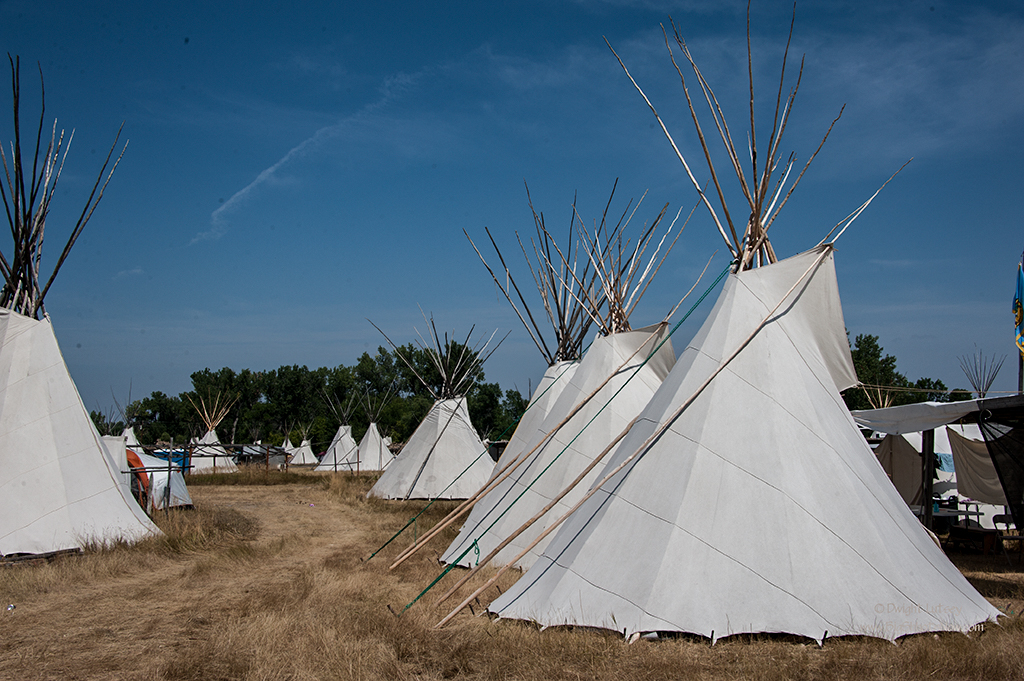 As you get further away from the camp center the teepees are set up for easy access. There are lanes and even small roads created by the placement of the lodges. The closeness of the lodges to each other usually means there is a family group or close friends staying here. Then there will be a space and the next family sets up. It all seems to work very well.
As you get further away from the camp center the teepees are set up for easy access. There are lanes and even small roads created by the placement of the lodges. The closeness of the lodges to each other usually means there is a family group or close friends staying here. Then there will be a space and the next family sets up. It all seems to work very well.
 Late morning and near noon. Those living further out from the camp center have started getting ready for the afternoons dancing and are traveling towards the Arbor to begin the gathering.
Late morning and near noon. Those living further out from the camp center have started getting ready for the afternoons dancing and are traveling towards the Arbor to begin the gathering.
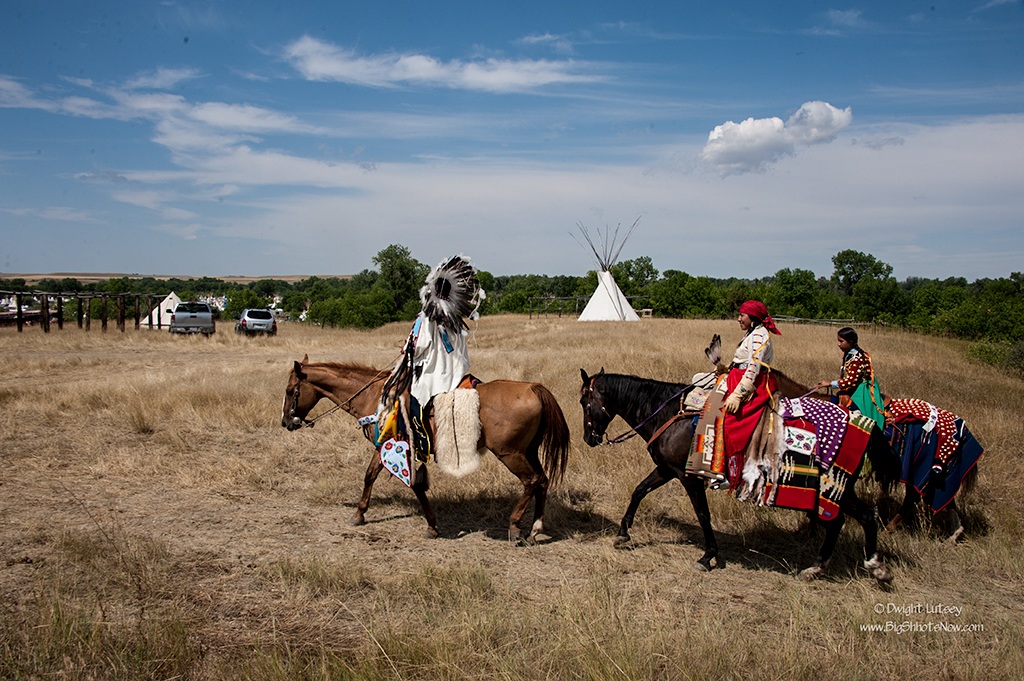 A family in full regalia. If it weren’t for the pickups and cars in the background what year would this be.
A family in full regalia. If it weren’t for the pickups and cars in the background what year would this be.
 I was invited into this courtyard to see part of the dance regalia being preparing for the afternoons festivities. The young man explaining its purpose to me was nervous as this was his first time dancing at an event like this. He wanted everything perfect.
I was invited into this courtyard to see part of the dance regalia being preparing for the afternoons festivities. The young man explaining its purpose to me was nervous as this was his first time dancing at an event like this. He wanted everything perfect.
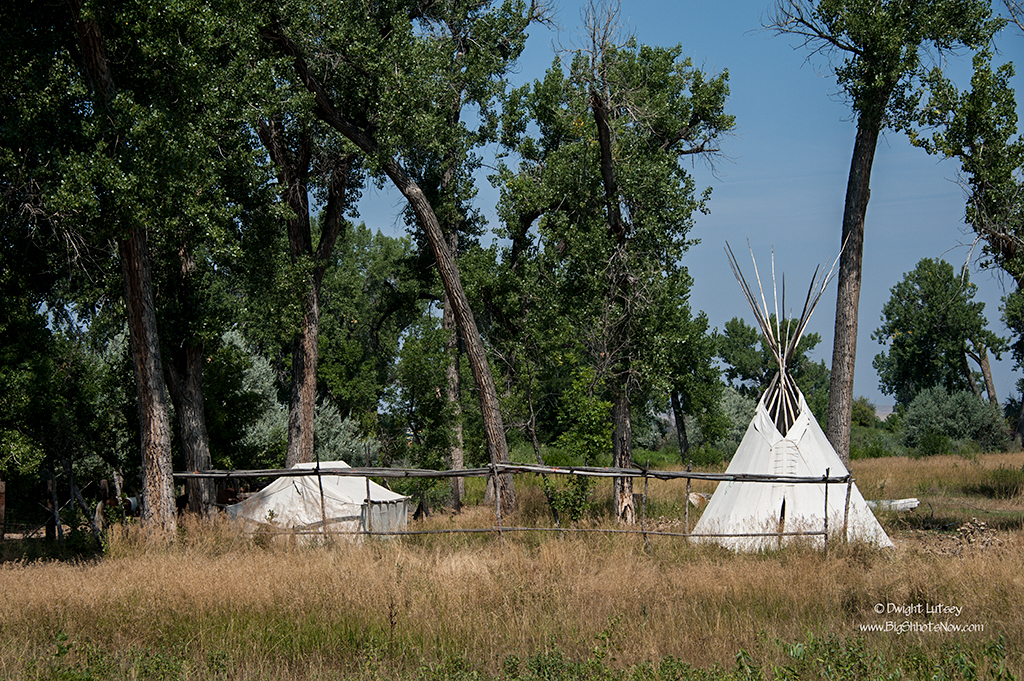 One of the outlying camps. there were many of these wall tents used along with the teepees. Perhaps these were liberated from the soldiers they fought in the old days.
One of the outlying camps. there were many of these wall tents used along with the teepees. Perhaps these were liberated from the soldiers they fought in the old days.
 This is a selfie. The Bokeh Maru refused to start unless I took her picture and promised I’d include it in the posting. She is so vain.
This is a selfie. The Bokeh Maru refused to start unless I took her picture and promised I’d include it in the posting. She is so vain.
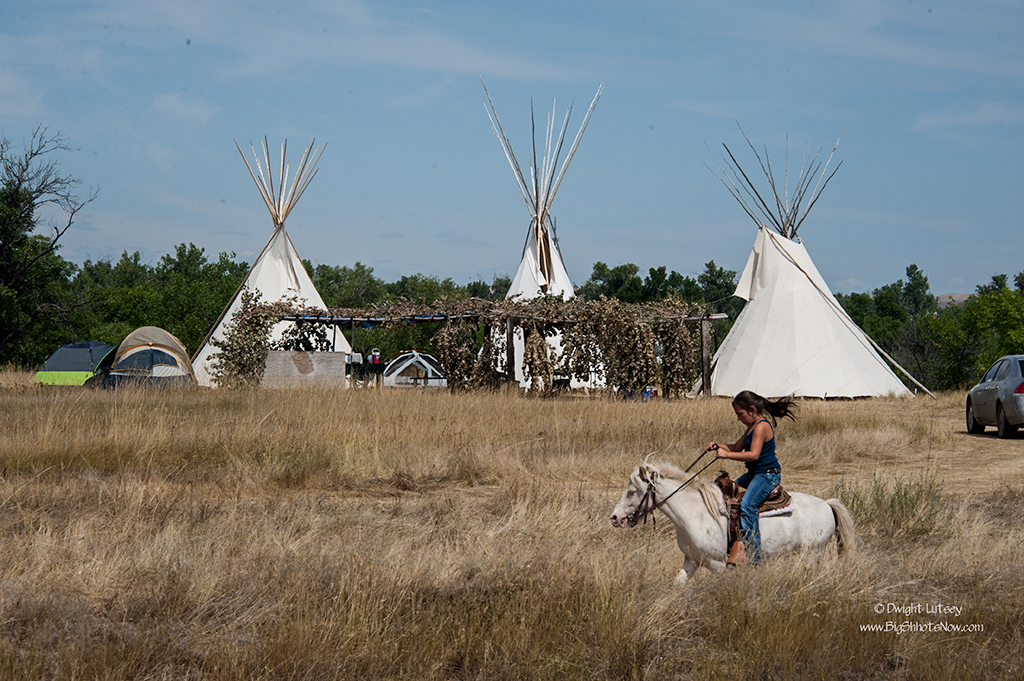 Mid-afternoon. It’s hot now, in the high 90’s and it feels good to ride fast and let the wind blow through your hair.
Mid-afternoon. It’s hot now, in the high 90’s and it feels good to ride fast and let the wind blow through your hair.
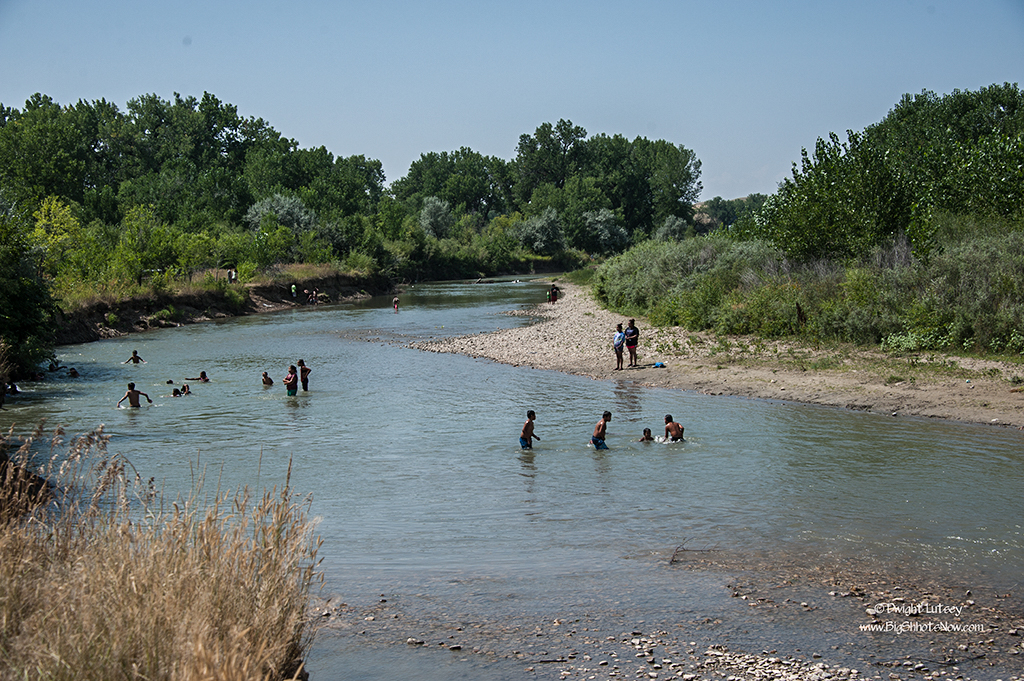 Half the kids in camp were spending the afternoon swimming and playing in the Little Bighorn. This long easy bend made a perfect swimming hole. Every once in a while the older kids would ride their horses through the water scattering the others like leaves being blown by the wind. Out of frame there were several adults sitting up on the bank in the shade, supervising the activities.
Half the kids in camp were spending the afternoon swimming and playing in the Little Bighorn. This long easy bend made a perfect swimming hole. Every once in a while the older kids would ride their horses through the water scattering the others like leaves being blown by the wind. Out of frame there were several adults sitting up on the bank in the shade, supervising the activities.
 This is an overview of the camp taken from a small knoll that was the highest point around the camp. You can see how far the camp stretches. About two miles or so from the left side of the picture is the site of the Battlefield of the Little Bighorn monument and immediately to the right of the image is the town of Crow Agency, Montana. Down through all the cottonwoods flows the Little Bighorn. This must have been similar to the sight the members of the 7th had that bad day very long ago.
This is an overview of the camp taken from a small knoll that was the highest point around the camp. You can see how far the camp stretches. About two miles or so from the left side of the picture is the site of the Battlefield of the Little Bighorn monument and immediately to the right of the image is the town of Crow Agency, Montana. Down through all the cottonwoods flows the Little Bighorn. This must have been similar to the sight the members of the 7th had that bad day very long ago.
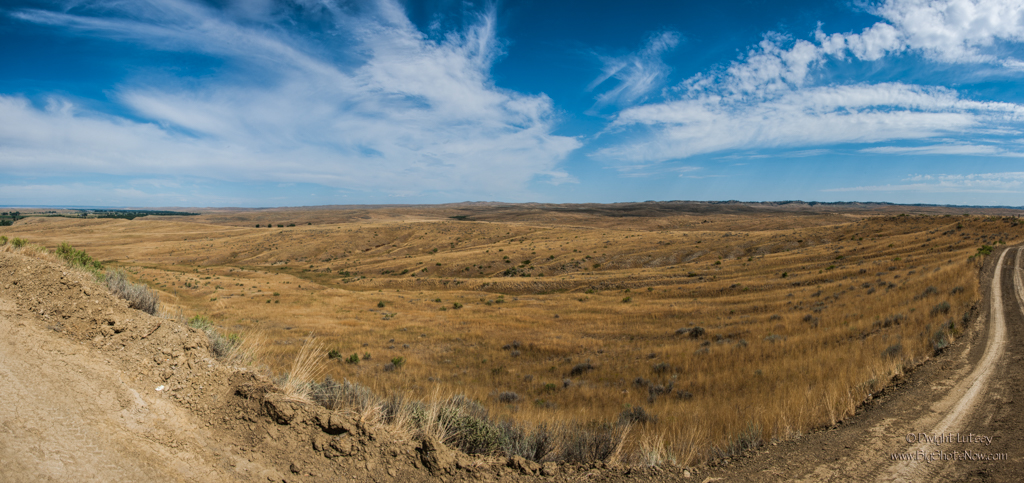 This is the countryside just a short way East from the camp. You can see clear into the last century if you look close enough.
This is the countryside just a short way East from the camp. You can see clear into the last century if you look close enough.
 Very few of the lodges were decorated but when they were they were striking. Behind the lodges is the knoll where you can see the entire encampment spread out below. The Bokeh Maru was hesitant to make the climb up to it but when I brought the word ‘shame’ into the conversation she immediately made the ascent and then acted like “What was the big deal? No problem.”
Very few of the lodges were decorated but when they were they were striking. Behind the lodges is the knoll where you can see the entire encampment spread out below. The Bokeh Maru was hesitant to make the climb up to it but when I brought the word ‘shame’ into the conversation she immediately made the ascent and then acted like “What was the big deal? No problem.”
 Late afternoon and the shadows are beginning to creep into this camp. There are horses tied to the left of the tent and they’re whickering, wondering why they weren’t at the center of things.
Late afternoon and the shadows are beginning to creep into this camp. There are horses tied to the left of the tent and they’re whickering, wondering why they weren’t at the center of things.
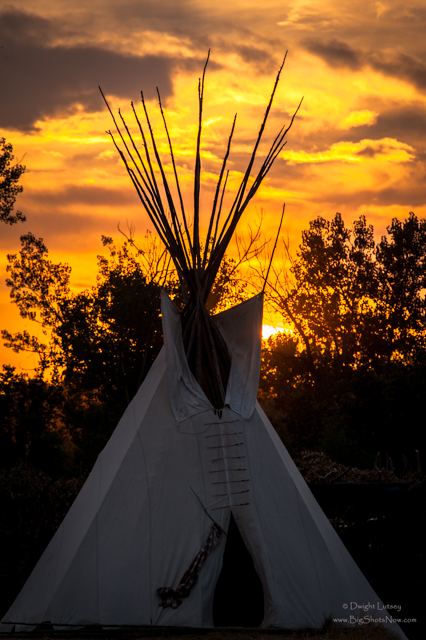 It is very nearly night now. The sun is heading down to the horizon and darkness is about to overtake the camp once again. There are no streetlights in an Indian camp so you need to fire up your night vision if you’re going to get around. I noticed many of the residents utilized flashlights to augment their night vision but of course I had left mine in the Bokeh Maru and she was several miles away. But then by depending on the kindness of strangers I was able to get back to the center of camp and soon the comforting 12 volt lights of the Bokeh Maru.
It is very nearly night now. The sun is heading down to the horizon and darkness is about to overtake the camp once again. There are no streetlights in an Indian camp so you need to fire up your night vision if you’re going to get around. I noticed many of the residents utilized flashlights to augment their night vision but of course I had left mine in the Bokeh Maru and she was several miles away. But then by depending on the kindness of strangers I was able to get back to the center of camp and soon the comforting 12 volt lights of the Bokeh Maru.
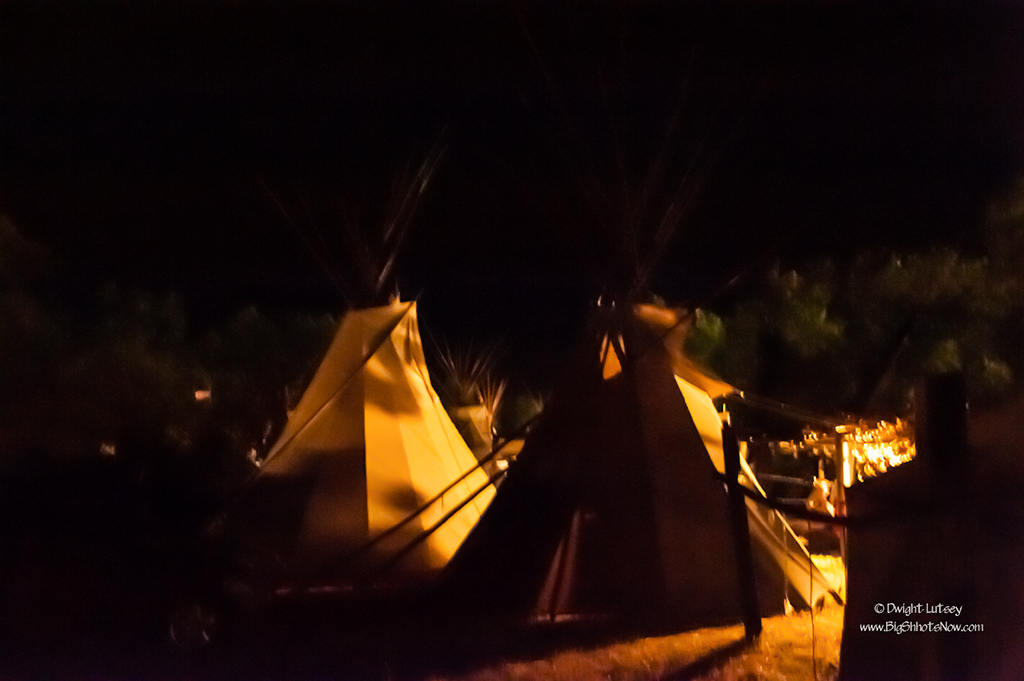 It is full night now and darkness is complete. The sun is gone for the day and there isn’t the hint of a moon. The lodges are being lit by the glow of campfires and in some cases the hissing and flickering of a Coleman lantern. You can hear quiet conversations being spoken, some of which were in the people’s native tongue. You couldn’t understand what was being said but it seemed normal and right to hear it. In the background was the constant beating of the drums and some of the high-pitched singing coming from the Arbor. It was an eerie and alien sound at first, especially in the inky blackness of the night, but as you adapted to its cadence it soon became the only background sound that should be here. As you looked about and saw the lodge poles silhouetted against the dark sky and saw the comforting yellow light against the lodges this all seemed perfect. There was no music being played from a radio or TV, just the sound of their culture resonating through the camp. It was the only soundtrack that was needed.
It is full night now and darkness is complete. The sun is gone for the day and there isn’t the hint of a moon. The lodges are being lit by the glow of campfires and in some cases the hissing and flickering of a Coleman lantern. You can hear quiet conversations being spoken, some of which were in the people’s native tongue. You couldn’t understand what was being said but it seemed normal and right to hear it. In the background was the constant beating of the drums and some of the high-pitched singing coming from the Arbor. It was an eerie and alien sound at first, especially in the inky blackness of the night, but as you adapted to its cadence it soon became the only background sound that should be here. As you looked about and saw the lodge poles silhouetted against the dark sky and saw the comforting yellow light against the lodges this all seemed perfect. There was no music being played from a radio or TV, just the sound of their culture resonating through the camp. It was the only soundtrack that was needed.
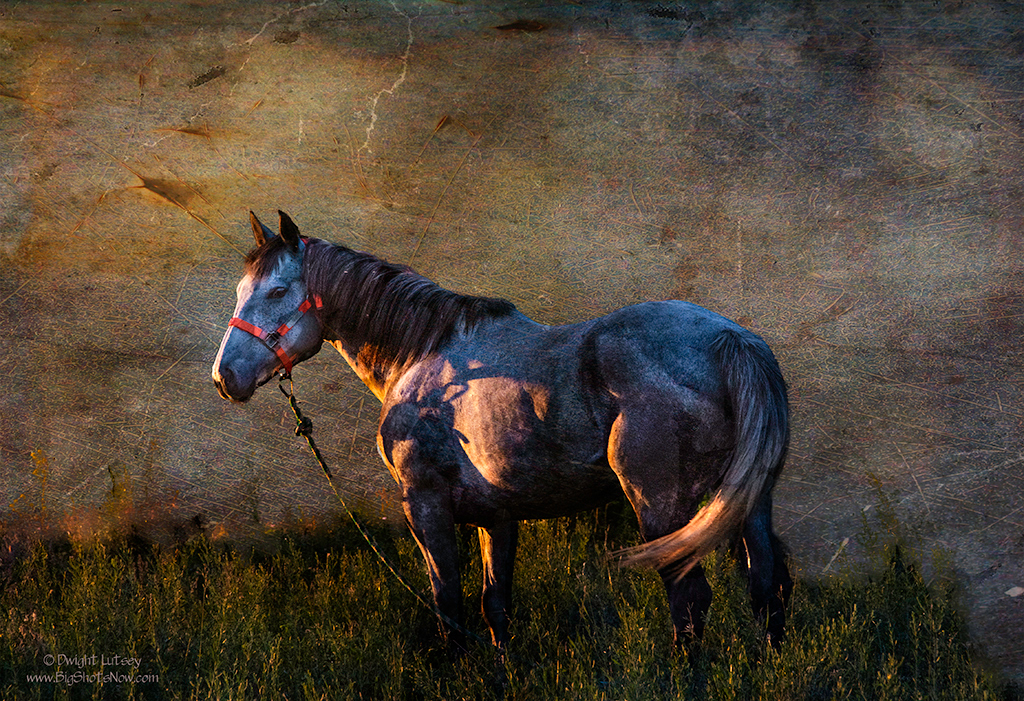

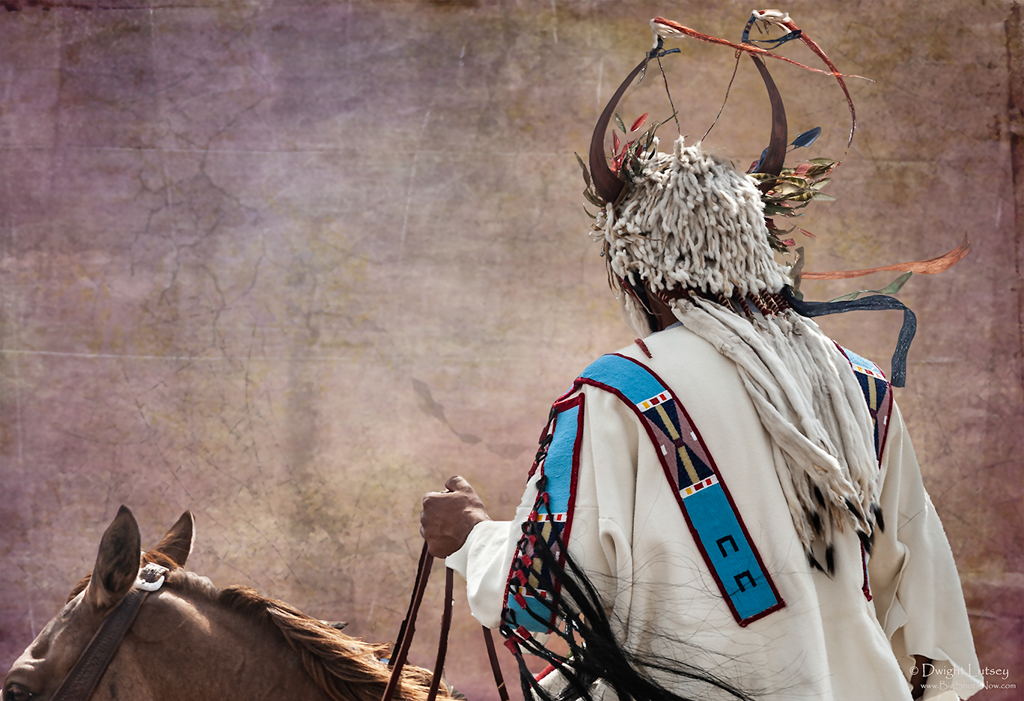
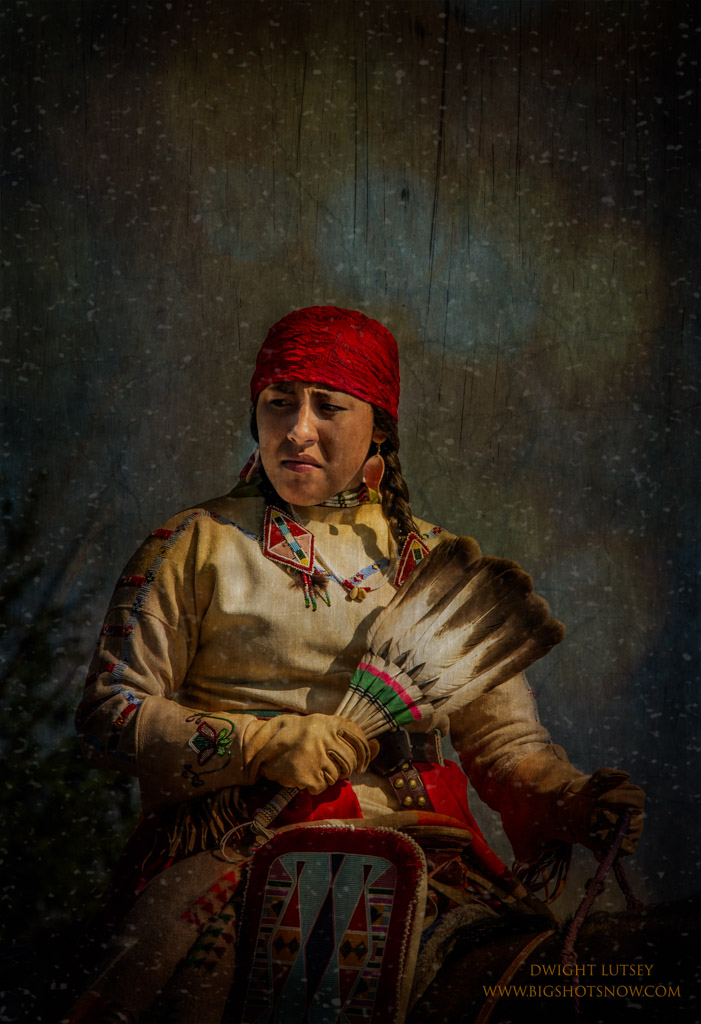
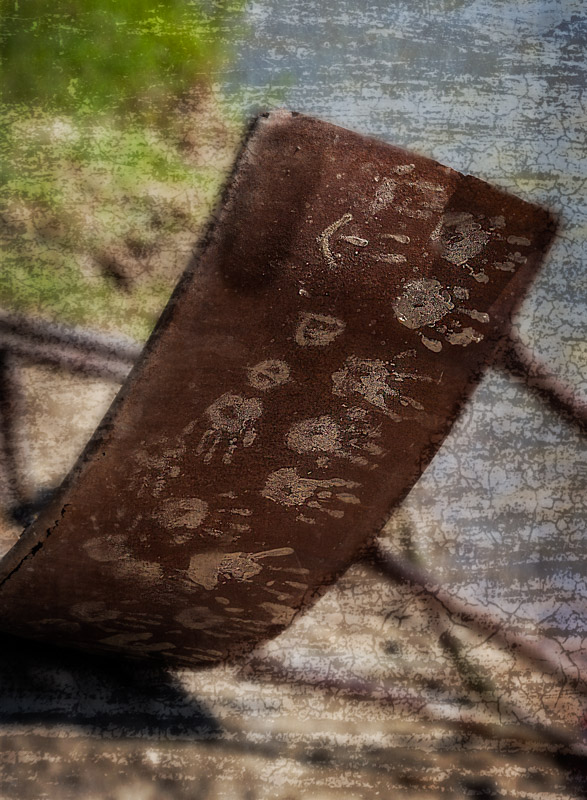
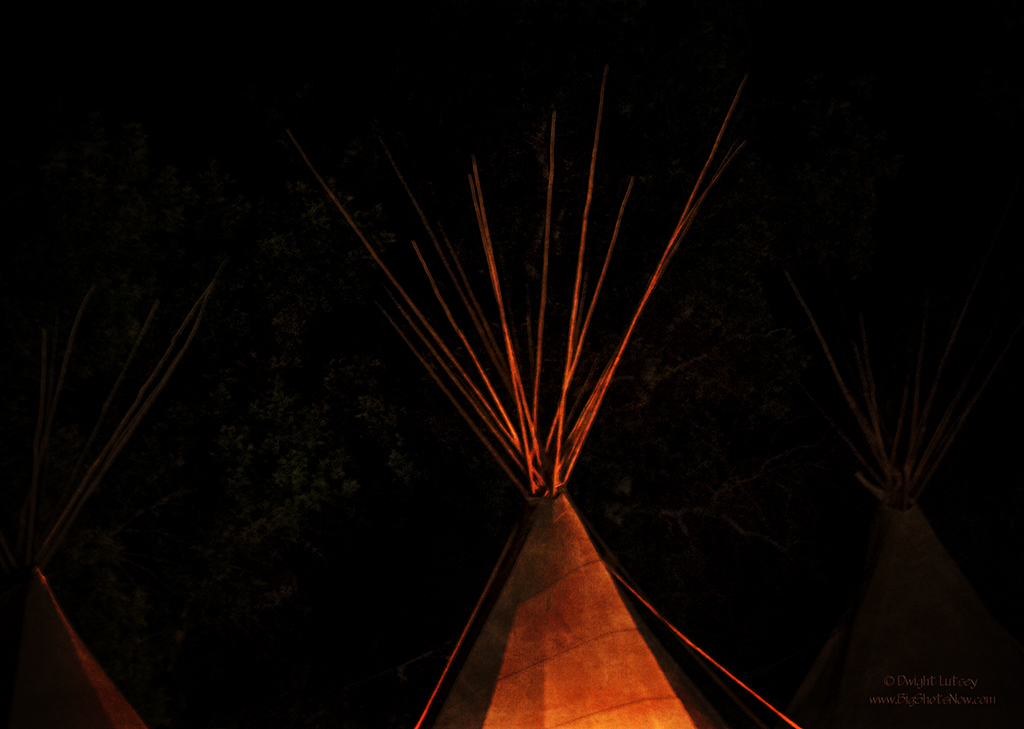
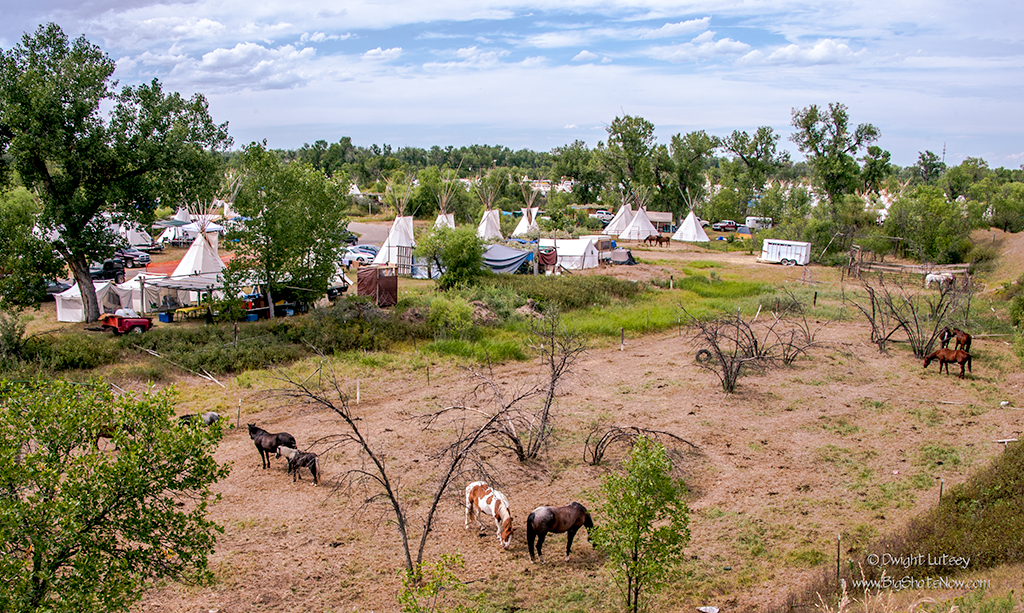























You must be logged in to post a comment.